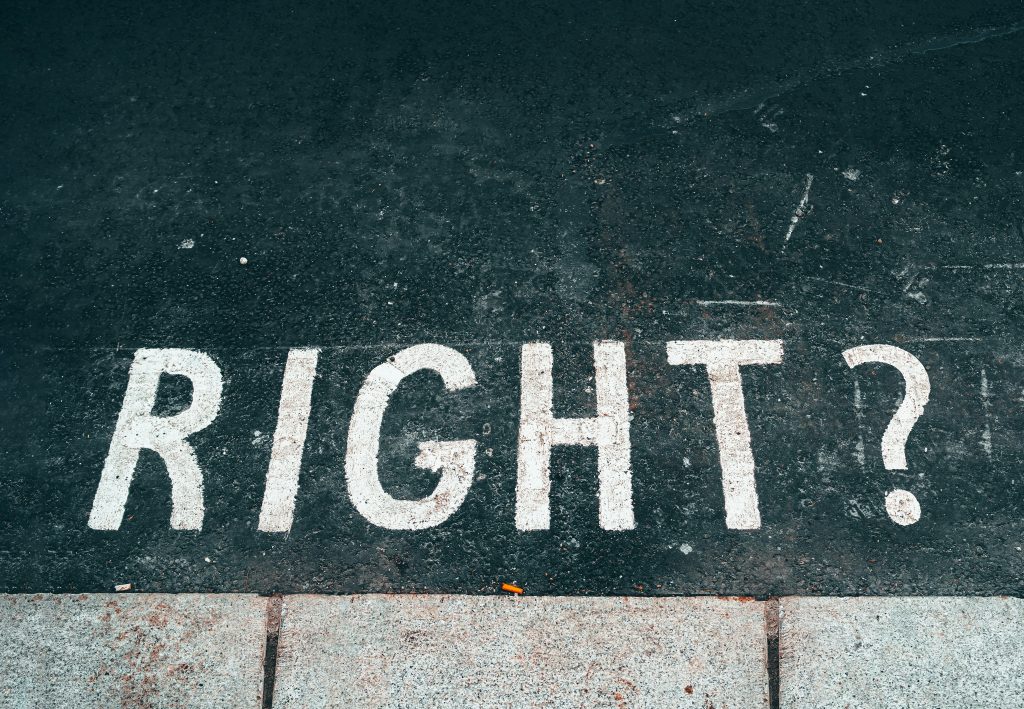Welcome to Jeanne Simon’s Personal Injury In this insightful post, we’ll delve into the pivotal role that evidence plays in personal injury cases. Whether you’ve endured a car accident, slip and fall incident, or another mishap, the collection and presentation of evidence are paramount for constructing a robust case and optimizing your prospects for a favorable outcome.
Diverse Array of Evidence:
- Medical Documentation: Comprehensive records detailing your injuries, treatment regimen, and prognosis.
- Incident Reports: Official documentation filed by law enforcement or relevant authorities at the accident scene.
- Eyewitness Accounts: Testimonies from individuals who observed the accident or its aftermath firsthand.
- Visual Evidence: Photographs and videos capturing the accident scene, property damage, and incurred injuries.
- Expert Testimony: Insights from medical professionals, accident reconstruction specialists, or other relevant experts.
- Financial Records: Documentation of incurred expenses, such as medical bills, repair estimates, and lost wages.
Significance of Evidence:
- Establishing Fault: Evidence aids in determining liability, elucidating whether negligence or misconduct contributed to your injuries.
- Substantiating Damages: Evidence quantifies the extent of your losses, fortifying your claim for compensation.
- Reinforcing Your Position: Compelling evidence bolsters your stance during negotiations with insurance firms or in courtroom proceedings, augmenting the likelihood of a favorable resolution.
- Counteracting Defense Assertions: Evidence can counter opposing arguments and enhance your credibility as a plaintiff.
Effective Strategies for Evidence Collection:
- Timely Action: Gather evidence promptly post-accident while details remain fresh and before potential evidence degradation or loss.
- Thorough Documentation: Capture all pertinent details, encompassing the accident scene, injuries sustained, and interactions with witnesses or authorities.
- Preservation: Safeguard physical evidence securely and maintain digital evidence in its original format to prevent tampering.
- Professional Guidance: Seek advice from a seasoned personal injury attorney who can offer insights on evidence collection and preservation techniques.
Optimal Presentation of Evidence:
- Organizational Cohesion: Structure your evidence in a coherent, logical manner, emphasizing key points that bolster your case.
- Visual Enhancements: Employ photographs, diagrams, and other visual aids to augment the presentation of evidence.
- Expert Input: Harness the expertise of specialist witnesses to provide nuanced insights or opinions that bolster your case’s credibility.
- Upholding Integrity: Present evidence truthfully and accurately to uphold your credibility before the court or jury.
In conclusion, evidence serves as the linchpin of a successful personal injury case. By adeptly gathering and presenting compelling evidence, you can fortify your case, delineate liability, and maximize your prospects of securing just compensation for your injuries and losses. Should you find yourself in need of legal guidance, do not hesitate to contact us at Jeanne Simon’s Personal Injury. We’re committed to navigating the intricacies of personal injury law alongside you and fighting steadfastly for the justice you rightfully deserve.

